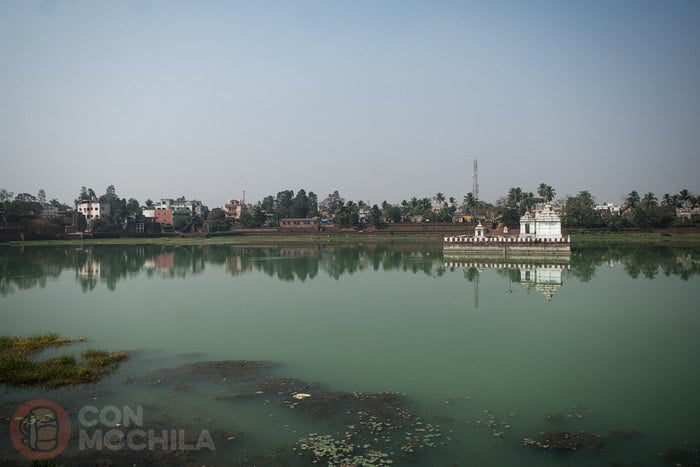The Lingaraj Temple, deeply revered by followers of Hinduism, is the largest temple in Bhubaneswar (the capital of the state of Odisha, formerly Orissa) and one of the oldest in this Indian city.
The name ‘Lingaraj’ translates to ‘King of Lingas,’ with ‘linga’ referring to the symbolic representation of Lord Shiva. The temple embodies the essence of Kalinga architecture, reaching the pinnacle of medieval architectural traditions in Bhubaneswar.
The Lingaraj Temple is believed to date back to the second half of the 11th century, though some believe that parts of the temple have existed since the 6th century.
It is also said the temple was built by Jajati Keshari, the Somavanshi king. However, there are no historical records to confirm this claim.
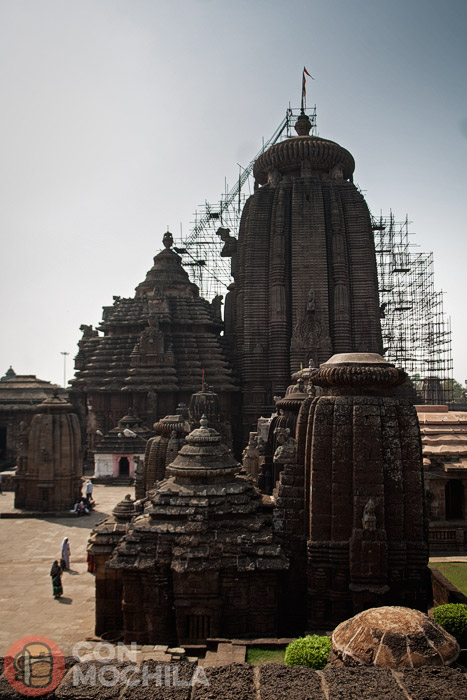
To visit the temple, you can negotiate with a rickshaw driver to take you around the old part of the city and to the nearby temples. It’s a great way to spend the day exploring Bhubaneswar.
Alternatively, you can book a 6-hour guided tour of the temples of Bhubaneswar online, with pick-up and drop-off services included. The choice is yours!
The temple’s towering walls, constructed from solid red sandstone, give it the appearance of a fortress when viewed from the outside. Its 45-meter-high tower dominates the surroundings and can be seen from hundreds of meters away.
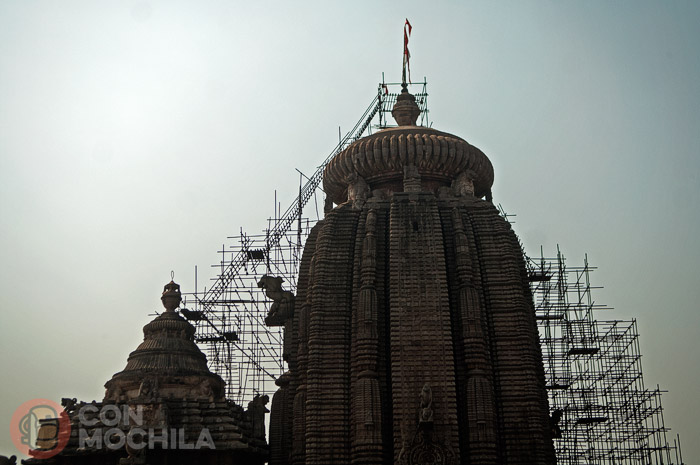
Unlike other ancient temples in Bhubaneswar, which are no longer active worship centers, the Lingaraj Temple is still actively used for worship.
Non-Hindus are not permitted to enter the temple, but you can view it from the platform outside, where we took our photos.
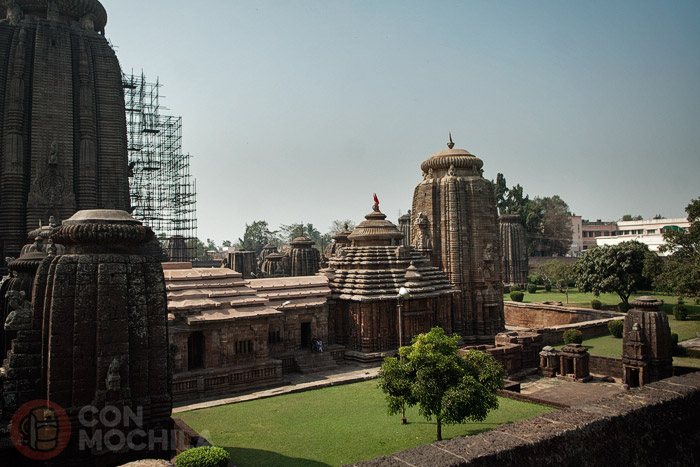
The temple complex is divided into four main sections: the Garbh Griha, the Yajna Shala, the Bhoga Mandap, and the Natya Shala. It also contains 150 smaller shrines within its vast courtyard.
The Lingaraj Temple symbolizes the rich heritage of Indian culture and traditions, drawing thousands of devotees and pilgrims to its doors each year.
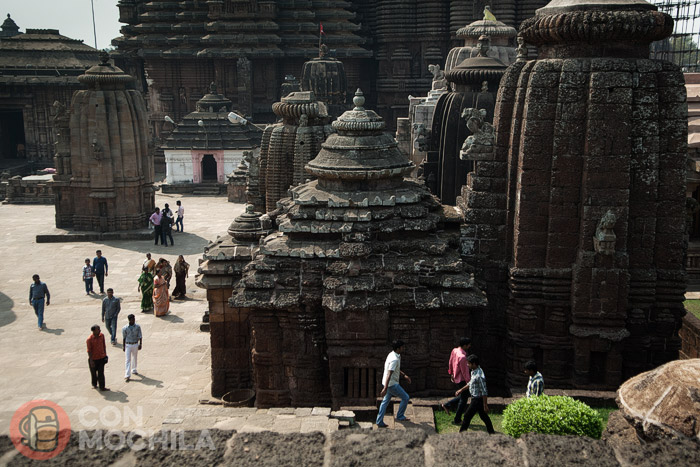
According to Hindu legend, an underground river originating from the Lingaraj Temple fills the Bindusagar tank (meaning ‘drop of the ocean’), and the water is believed to have healing properties for both physical and spiritual ailments. Pilgrims consider the water sacred and take a holy dip in it during festivals.
